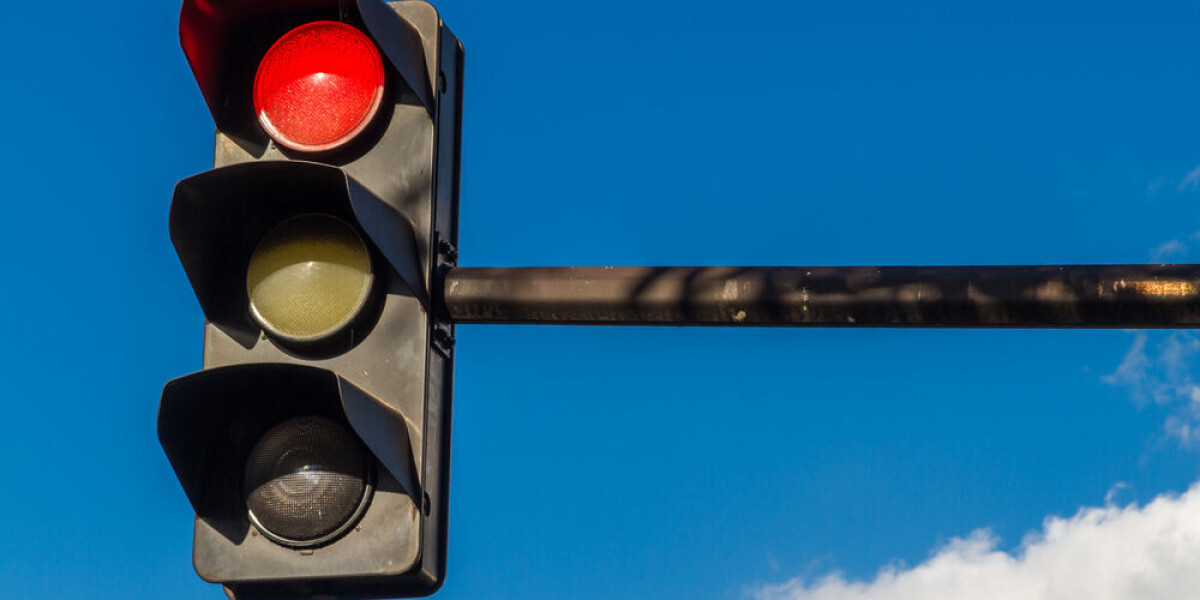
- Select a language for the TTS:
- UK English Female
- UK English Male
- US English Female
- US English Male
- Australian Female
- Australian Male
- Language selected: (auto detect) - EN
Play all audios:
THE SYSTEM CONNECTS TO CARS AUTOMATICALLY TO HELP ITS AI ALGORITHM INTERPRET THE ROAD CONDITIONS The city of Toulouse in southern France is set to test a traffic light system that uses
artificial intelligence, in a bid to reduce waiting times at red lights and cut pollution from idling cars. Currently, the Occitanie city has 460 central traffic lights, which are controlled
automatically using magnetic loops under the road. But from next year, Toulouse will become one of the first major urban centres to test a new artificial intelligence (AI)-based traffic
light solution from the company Wisp Solutions. Four red traffic lights on the route de Narbonne will be operated using the new system, which collects data from connected vehicles. This data
is then interpreted by an AI algorithm, which will regulate the duration of red lights almost instantaneously. LESS WAITING AND LOWER POLLUTION Unnecessary waiting times at red lights could
be cut by up to 40% with the new system, Wisp claims. This leads to improved traffic flow and a reduction in air pollution caused by road traffic, it adds. Deputy mayor of Toulouse, Maxime
Boyer, said that Wisp - which began life as a student project before becoming a major tech firm start-up - approached the city with the idea. Mr Boyer said: “This will be the first
experiment of its kind in Toulouse.” CONNECTED VEHICLES Almost all newer vehicles will be automatically connected to the AI system if they pass on the relevant road. “Since 2018, European
legislation has required manufacturers to sell connected vehicles with a SIM card,” explained Pierre Philbert, co-founder of Wisp, TO LA DÉPÊCHE. “This gives them a wealth of information in
real time, from vehicle speed to tyre pressure. “Generally, vehicle owners give their consent to the manufacturer [for this SIM card to be used]. We retrieve this data from our servers,” he
said. Mr Philbert said that there are now enough connected cars on the road to provide sufficient information for the system to work well. And even a single connected car can provide
insights into the behaviour of other non-connected vehicles nearby, he said. The red lights will be at four intersections; Impasse Marfaing, Chemin de la Bourdette, Chemin des Sauges, and
Allée du Lieutenant Lucien-Lafay. The statutory waiting time at a red light is 120 seconds maximum, and 60 seconds minimum, said Pierre-Emmanuel Ribot, head of the _PC Capitoul_ service in
Toulouse Métropole, which currently controls and manages all of the city’s traffic lights. “But it does depend on the size of the junction and the traffic,” he said. “[It is worse on] the
busiest days of Tuesdays and Thursdays, as in all major cities. And in Toulouse, the _périphérique Sud_ (southern ring road) is at a standstill from 15:00 on Fridays.” Toulouse is not the
first location in which the new AI system has been tested (although it is the largest urban centre to do so). It was trialled in some Paris suburbs in 2021-22, and is also currently being
rolled out at 10 sites in the Ile-de-France and Grand Est regions. RELATED ARTICLES FRANCE GIVES GO-AHEAD FOR TRAFFIC LIGHTS THAT LET GOOD DRIVERS PASS THE FRENCH SPEED CAMERAS THAT REWARD
RATHER THAN PUNISH







